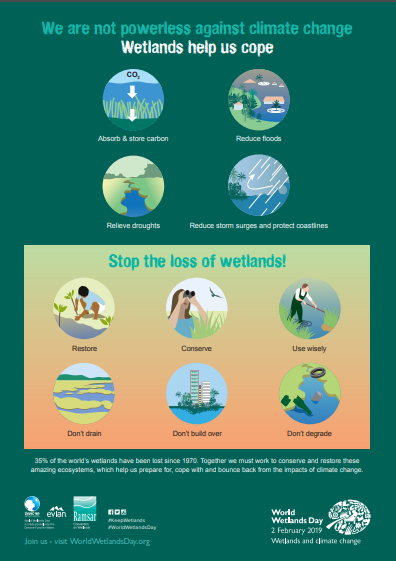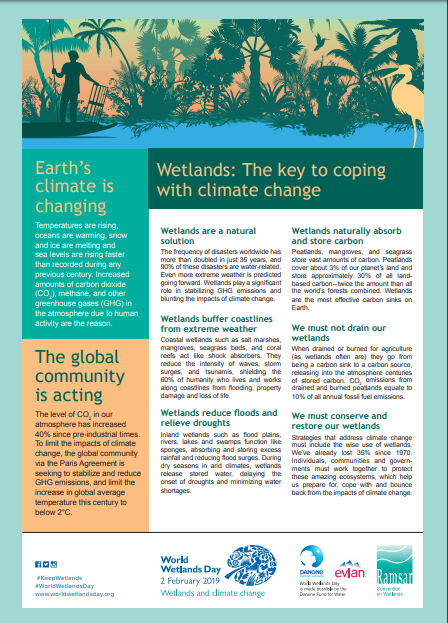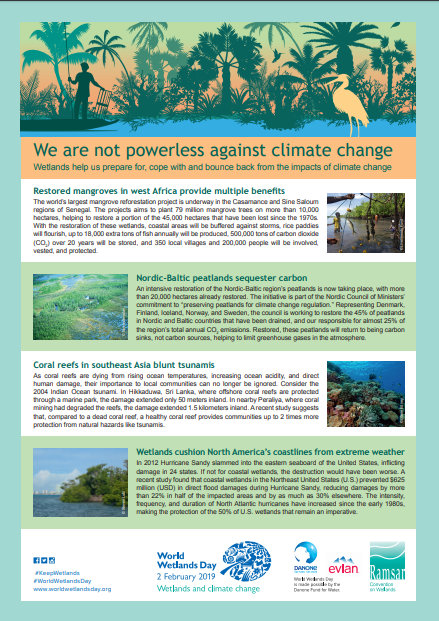A breakfast meeting in the European Commission: the new CAP Proposal
They say breakfast is the most important meal of the day. Well, for our Policy Officer Ms Stefania Petrosillo, Brussels breakfast is combined with work. Here, over a croissant and coffee, she meets Ms Caroline Pottier from the DG ENVI, European Commission, to discuss some environmental aspects of the new CAP proposal.
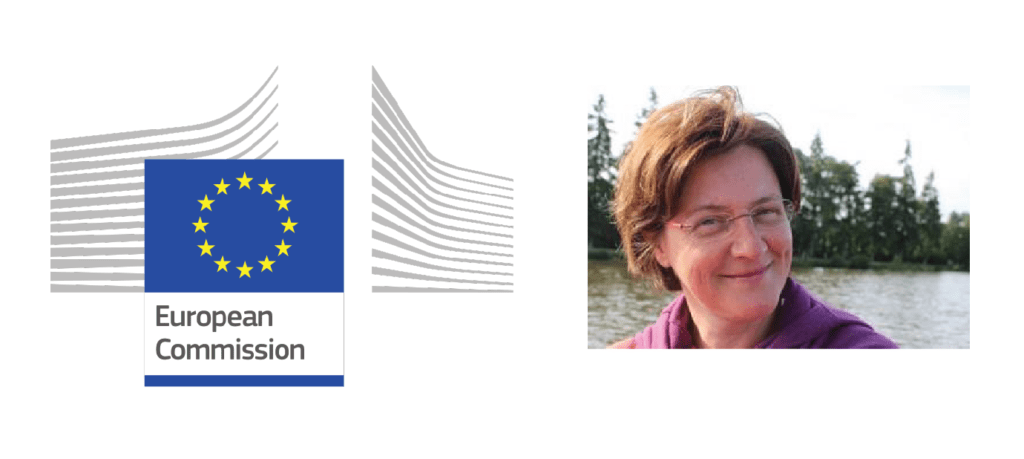
Caroline Pottier, Policy Officer at the Natural Capital, Youth and Management Unit within the Directorate-General for Environment
Q. Mrs Pottier, the Common Agriculture Policy is a huge and complex topic, therefore we would like to ask you to underline some general points that you consider important for nature protection and environment.
The new CAP will take into consideration several aspects connected with environment, nature conservation, and sustainable use of natural resources. Briefly, I think that the most important points of the proposal presented by the Commission can be summarised as follows;
- A new delivery model: new governance that relies on more subsidiarity to re-balance the roles of all actors.
- CAP objectives: environment and climate (incl. biodiversity) are strongly present.
- “Whole CAP” approach: conditionality details, plus environment-relevant Pillar I and Pillar II interventions, are all planned together in CAP plans.
- Links to non-CAP legislation on environment and climate: CAP plans to take account of analysis, objectives and targets from list of other legislation (incl. biodiversity).
- “No backsliding”: a legal obligation is placed on Member States to raise ambition on environment and climate compared to the current period.
- The new conditionality terms will combine and improve aspects of cross-compliance and “greening“.
- Better toolbox: Pillar I includes “eco-schemes”, which are a new instrument.
- Ring-fencing: Member States will be required to spend at least 30% of EAFRD budget on interventions directly targeted at environment and climate change
Q. Could you say something more about some of these points? Maybe we can start from the new delivery model that will give much more freedom to Member States than before.
Correct. We know that this is an important point in the debate in European Parliament and in the Council. The Member States will have a lot of flexibility to establish their National Agriculture Strategic Plans, but they will have to follow the common indications and objectives stated by the Commission, and the Strategic Plans will be submitted for the Commission’s approval and control.
One important achievement is that the authorities in charge of environment have to be involved in the elaboration, implementation and control of the National Strategic Plans. It means that the new CAP recognises that agriculture is not only a topic for Agriculture’s Ministries, but that the Ministries of Environment and the Regional Authorities for Environment and Nature Protection are also strongly concerned.
The challenge will be if, in reality, these authorities in the Member States and Regions will actually seek proactive integrated involvement.
Q. For instance, until now only the European Council of Agriculture, composed by the national ministries of agriculture, discussed the new CAP proposal… we consider that also the European Council for the Environment, composed by the national ministries of environment, should include this topic in their next meetings.
Indeed. The CAP proposal gives a role to these authorities, but they have to take this opportunity. About the Council meetings, as you know, the agenda is decided by the Member State who has the Presidency (currently Austria) together with the other Member States.
Q. Another important point you mentioned is the link to non-CAP legislation on environment and climate.
Exactly. In Annex III of the proposal, there is a list of 12 items of legislations concerning the Birds and Habitats Directives as well as climate change, water, soil protection, air, animal welfare and public health. National Strategic Plans will have to take account of analysis, objectives and targets from legislation on these topics.
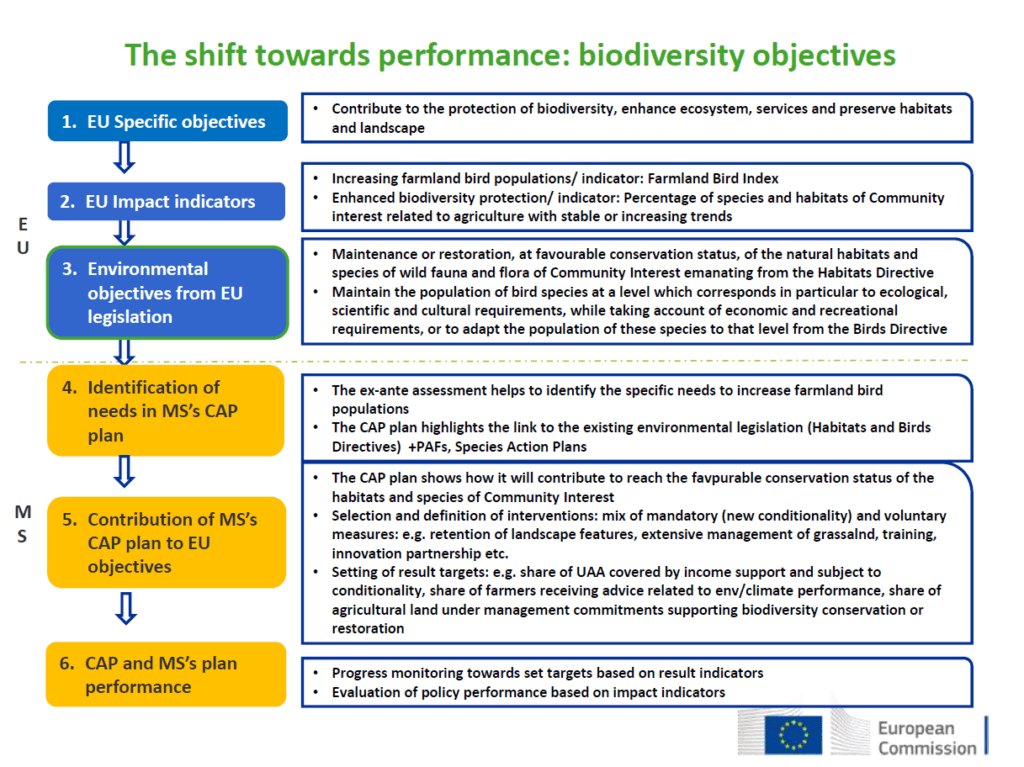
Download the full presentation “The EU Financial Framework post-2020: update on the CAP reform” made by Mr Jérémie Crespin (DG ENVI) at EUROPARC Seminar-Dialogue 2018
Q. The new CAP will maintain the two pillars, the first one, ‘direct payments’, and the second one, ‘rural development’.
The two pillars’ architecture is strongly connected with the previous points. Accordingly, in the proposal, Member States will have a large margin of flexibility to decide the percentage of funds to devote to rural development and they are asked to increase the co-financing. The concrete risk is to see the second pillar and notably the support to environmental measures, becoming weaker in the National Plans. However, rural development is important in strategic terms as it can be used to achieve the link to non-CAP legislation on environment and climate, especially on biodiversity and landscape. Therefore, it will be crucial also for organisations like you and your members, to be engaged at national level to make sure that rural development, which is vital for environment and social aspects, will receive the importance that it deserves and the funds it needs.
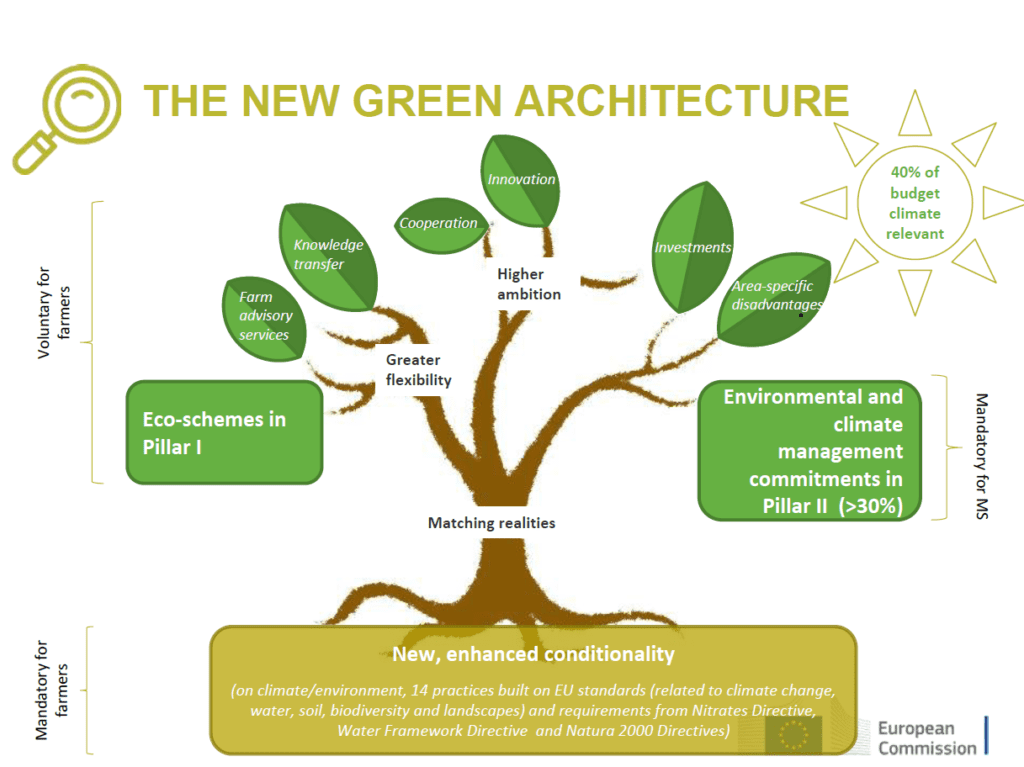
Download the full presentation “The EU Financial Framework post-2020: update on the CAP reform” made by Mr Jérémie Crespin (DG ENVI) at EUROPARC Seminar-Dialogue 2018
Q. For European Protected Areas, both pillars are important: in the framework of the first pillar, EUROPARC would like to see the possibility to award farmers located inside or nearby parks and Natura 2000 sites, working sustainably for landscape and nature resources. In the second pillar, we consider that natural protected areas, especially regional parks, play an important role to support rural development.
The ‘direct payments’ supporting farmers’ income will remain central in the new CAP architecture and budget. All farmers’ payments will be submitted to the conditionality, that in the new proposal will be connected to legislations on biodiversity, pesticides, and others. Beside conditionality, a new instrument, the ‘greening’, that was introduced in the current period has not proved to be efficient. The new proposal suggests a new instrument, the “eco-schemes”, for farmers who really make ambitious commitments to observe agricultural practices beneficial for the climate and the environment. However, there is no requirement in terms of budget to be allocated by Member States to these eco-schemes.
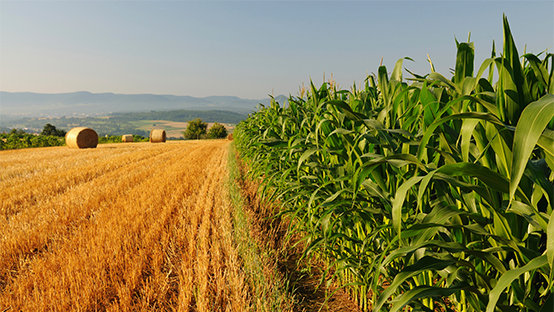
© Agriculture_European Commission
Other useful links
Guidance on farming and Natura 2000
Result Based Payment Schemes
Read also EUROPARC Position Paper on the CAP proposal
You found this topic interesting? To find more articles like this one, download the new edition of the EUROPARC Journal Protected Areas In-Sight with a special focus on youth involvement Parks – available in english, german and french!
Open call for the Alfred Toepfer Scholarships 2019!
Investing in young professionals working for Protected Areas
EUROPARC strongly believes that young people have a vital role to play in caring for Europe’s natural heritage. Like everything else, the future of Protected Areas relies on the young generation taking an active and informed role. Each year the EUROPARC Federation, with support from the Alfred Toepfer Stiftung F.V.S., awards three Alfred Toepfer Natural Heritage Scholarships to promising young conservationists, who are committed to working for the benefit of Protected Areas. The aim of the scholarships is to enhance international cooperation and to advance the quality, innovation and European dimension of Protected Area management.
Each scholarship is worth €3.000 and enables successful applicants to undertake a study visit on a particular theme to one or more Protected Areas in European countries.
While there are many opportunities for students to get scholarships to improve their skills abroad, there are few for those who have already entered the working world. Hence, the aim of this scholarship is to give the opportunity to those young professionals that have chosen to develop a career in protected areas, to improve their skills and learn from other professionals by carrying out study visits to protected areas across Europe.
Open Call for 2019!
The call is open to all young professionals working in topics related to Protected Areas in Europe. Conditions to apply:
- candidates must be under 35
- have a European nationality
- be employed by a Protected Area or nature conservation organisation
Applications for study visits to prepare master or doctoral thesis will not be considered.
5 steps to win your Scholarship:
1) Choose one category
The application must address one of the following selected themes faced by Protected Area Management:
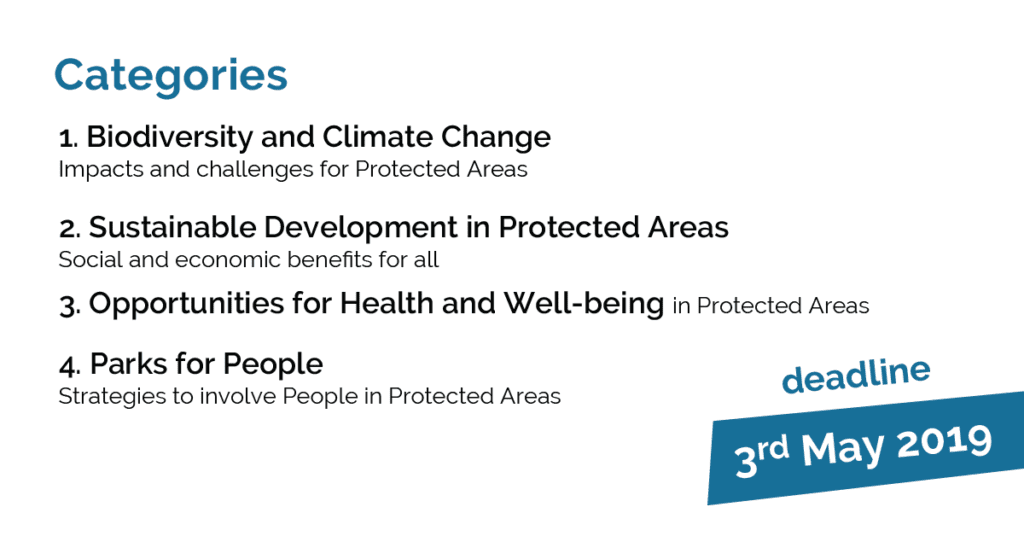
2) Apply
To apply, candidates must submit:
- Online application form– that includes your Curriculum vitae, your motivation letter, the proposed programme of your study visit, and contact details of protected areas you want to visit (download a pdf of the online application form)
- Proof of employment
Applications are due on 3rd May 2019 and must be submitted online. (Note that once you start filling the application form you cannot save it, but you will be able to edit it afterward. We advise you to look at this pdf of the online form, to make sure you have all the information you need at the moment you apply)
Download the complete Guidelines and access the online application form.
3) Be awarded at EUROPARC Conference 2019
The winners of the Alfred Toepfer Natural Heritage Scholarship will be awarded in Latvia, at EUROPARC Conference 2019, between the 24th – 27th September.
The Alfred Toepfer Stiftung E.V.S will generously cover your travel expenses and participation at the largest gathering of Protected Areas professionals! This year, especially, we will be looking at the important influence of nature on our minds, so there will be plenty of opportunities for you to learn, network and share experience on this exciting topic.
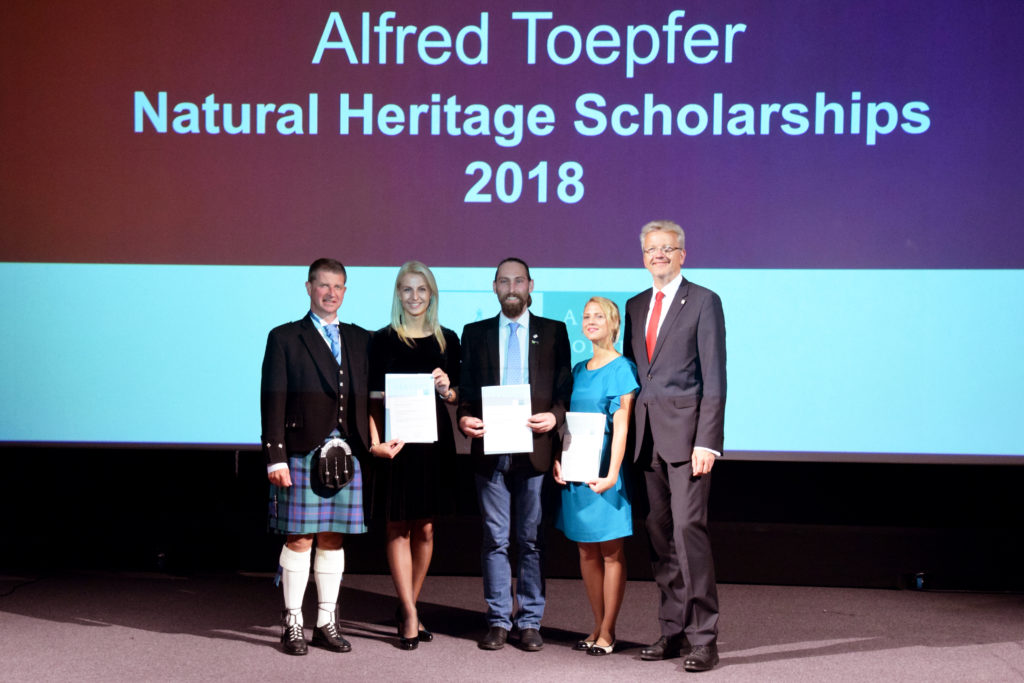
Alfred Toepfer Scholarship Winners 2018 (From left to right) Ignace Schops, Agné Jasinavičiūtė, Lászlo Patkó, Baiba Ralle and Andreas Holz at EUROPARC Conference, Scotland.
4) Travel and Learn
The scholarship covers your travel costs to one or more protected areas in Europe. Visiting different countries enables you to gather new perspectives and deepen your subject of study. Check out the example of Bryonny Slaymaker or Ágnes Balázsi, who visited 5 protected areas in several countries, or Eduardo Batista who made a deep study in one protected area.
5) Share your results
After the trip, the scholars are expected to present the Federation their findings in a report and a short film. These reports are made available to EUROPARC members, as they are full of interesting facts on observation and solutions to common Protected Area management issues.
You will find all the reports since 2007 in our library and in this page you can learn more about the past scholarship winners.
Get inspired by the film of Tymur!
Do you still have questions?
Just give a look at our Frequently Asked Questions (FAQ’s) that you can download here. If you still have questions, send us an email to office @ europarc.org. And don’t forget to apply before the 3rd of May!
Will you be the next Scholarship winner?
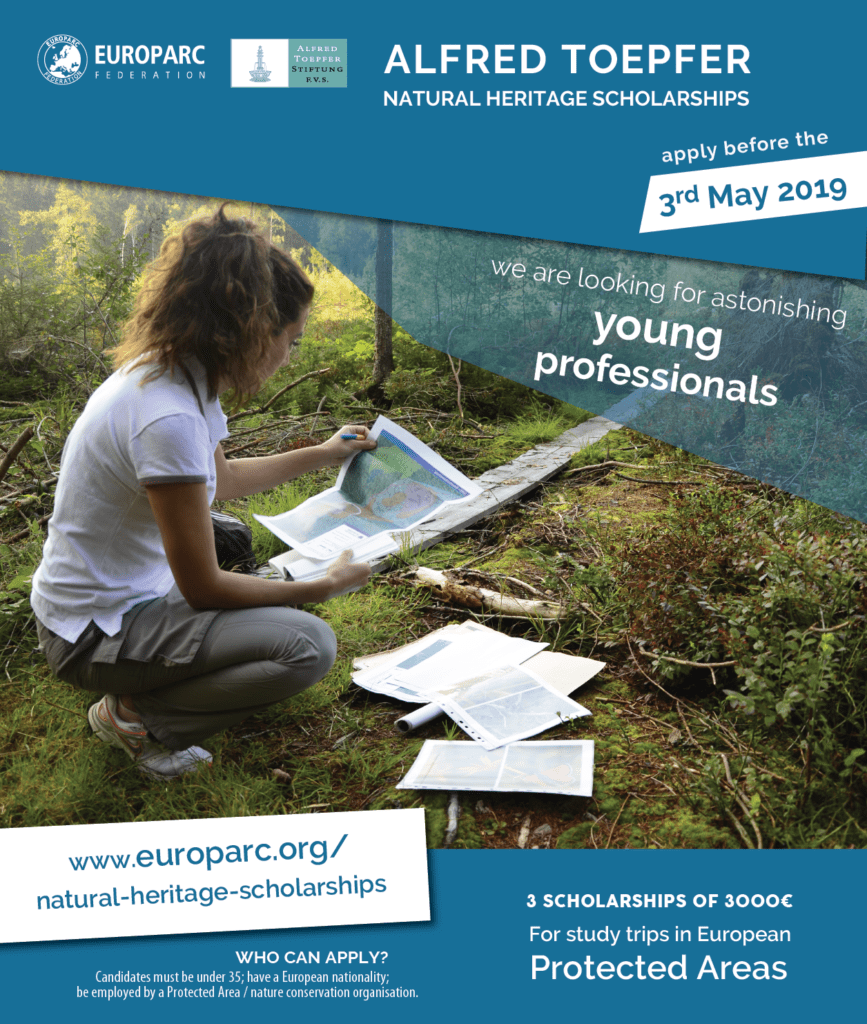
New members from Spain and Russia
Documentation Centre of the Monfragüe National Park
Monfragüe National Park
The Monfragüe National Park is located in the centre of the province of Cáceres and covers an area of 18,396 hectares. That surface area is considered to be one of the best representations of the Mediterranean forest at world level. It is currently the only National Park in Extremadura, and also has other protection figures such as Special Protection Area for Birds, Special Conservation Areas and Biosphere Reserve.
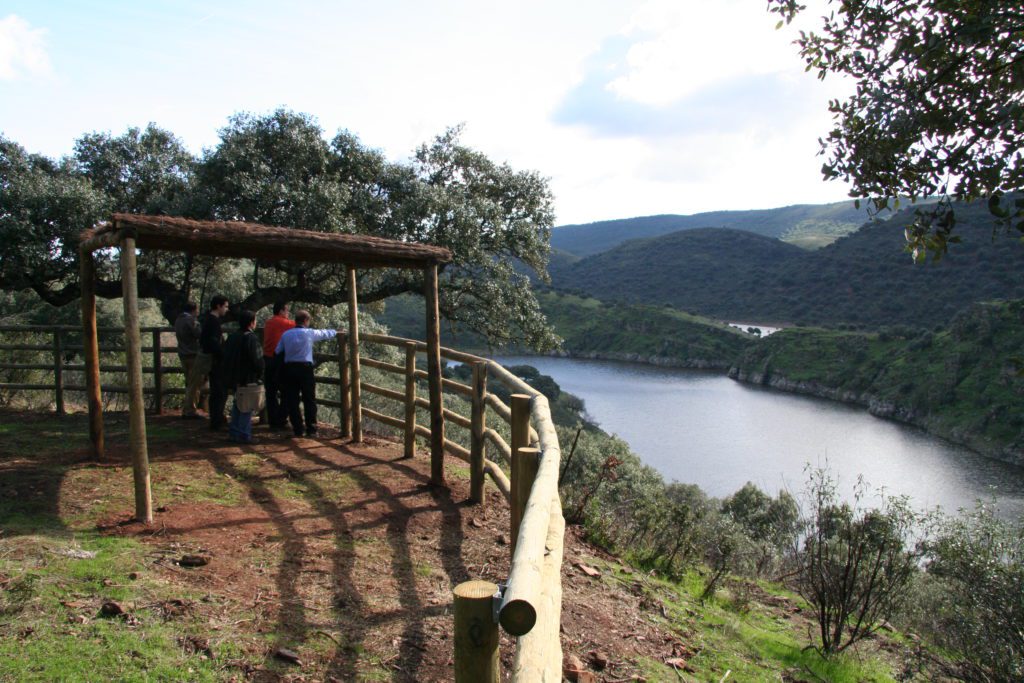
Documentation Centre of the Monfragüe National Park
Monfragüe is known worldwide for its ornithological values, especially birds of prey. And it is that to make some of its routes through the viewpoints and observatories is to ensure the sighting of some of the most emblematic birds in Europe such as the black stork, black vulture, griffon vulture, imperial eagle, eagle, golden eagle, Bonelli’s eagle, peregrine falcon…. Most of these and other species find their food in the extensive pastures around the Park.
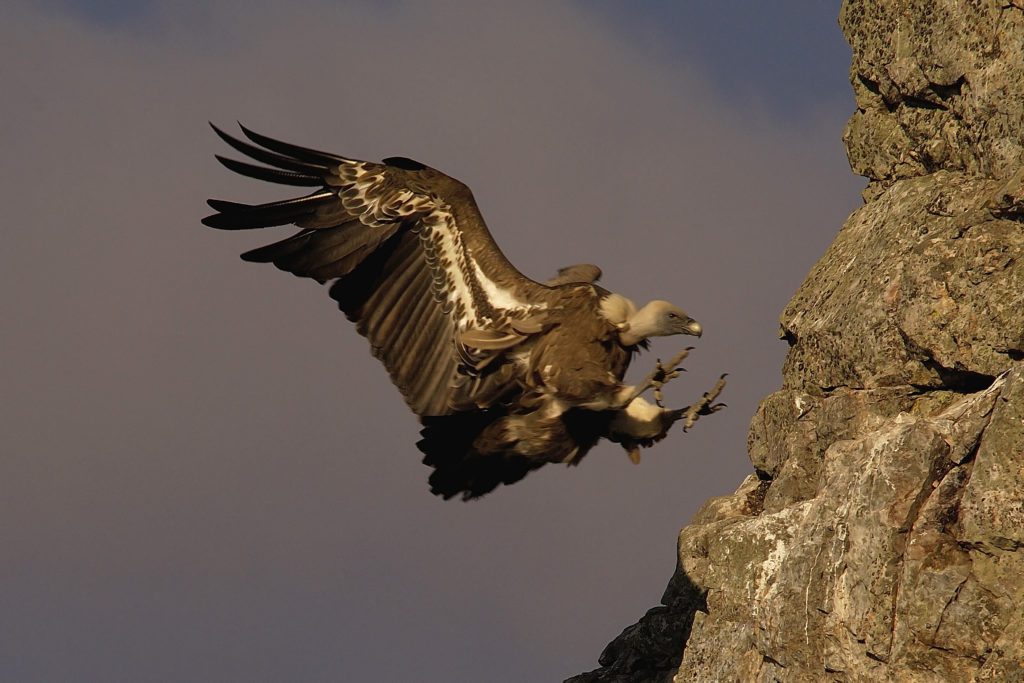
Documentation Centre of the Monfragüe National Park
Monfragüe is a territory with a long history of human settlements. There are still a large number of cave paintings in the mountains (Cueva del Peine, Cueva del Castillo and Cueva Bermeja), constituting one of the largest concentrations of Neolithic paintings in Extremadura.
Environmental Education Centre Zapovedniks (Zapovedniks Centre)
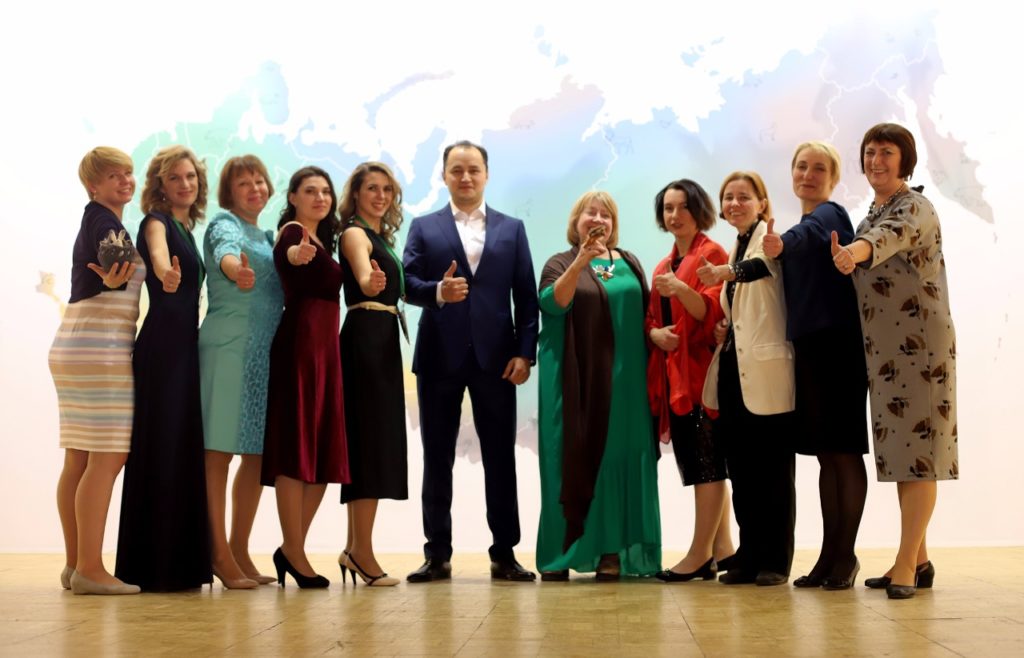
Zapovedniks Centre’s archive
Environmental Education Centre Zapovedniks (Zapovedniks Centre) is a Russian NGO – educational, methodical, resource and training centre for Protected Areas.
The Center’s general areas of activity include the following:
- Vocational training for Staff on Protected Areas in Russia and New Independent Countries, as well topical workshops, conferences, seminars, study tours in Russia and abroad for PA staff, training for eco-NGOs, businesses and local community;
- Environmental Education on Protected Areas, including coordination of the All-Russian Children’s and Youth Movement Friends of Protected Islands, creation All-Russian Youth Environmental Congresses and others;
- Social planning and the development of civil initiatives in support of Protected Areas. Integration of socio-economic development with Environmental Conservation and Protected Area management objectives, with specific reference to development of management coordination mechanisms;
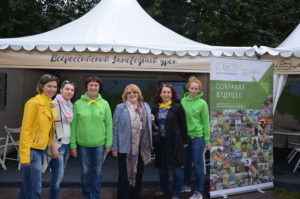
Zapovedniks Centre’s archive
- Development of Sustainable Tourism in Protected Areas (strategy, planning, training, consultation);
- Development of volunteer projects for Protected Areas (Burunduk -International Volunteer Center);
- National Protected Areas policies and strategies development and implementation;
- Design of nature trails and expositions of PA visitor- centres: from concept to detailed planning;
- The edition of the quarterly magazine Protected Islands (in Russian).
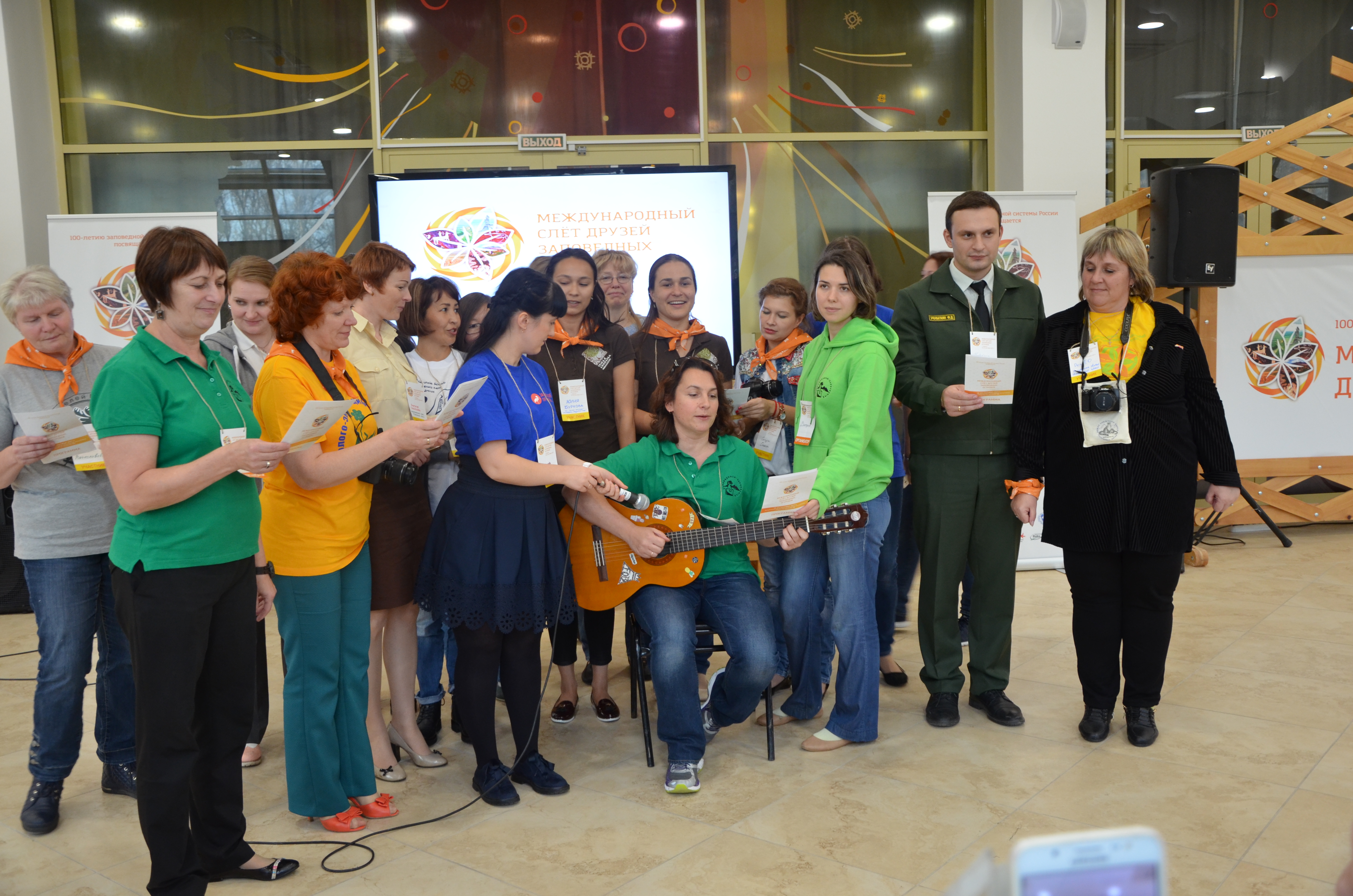
Zapovedniks Centre’s archive
WORLD WETLANDS DAY 2019
World Wetlands Day
World Wetlands Day is celebrated every year on 2 February. This day marks the date of the adoption of the Convention on Wetlands on 2 February 1971, in the Iranian city of Ramsar on the shores of the Caspian Sea.

World Wetlands Day is an important occasion to raise public awareness about the value of wetlands to society and the role of the Ramsar Convention on Wetlands in their wise use and conservation.

Since 1997, the Ramsar Secretariat provides outreach materials to help raise public awareness about the importance and value of wetlands.
Due to climate change, extreme weather events such as storms, floods and droughts are on the increase. When well-managed, healthy wetlands absorb and store excess rainfall and store it for the dry season, which helps communities cope with extreme weather events protecting them from disasters.

